Patient of mixed breed weighing 4 kg, 9 years of age, 4/9 body condition score and no previous illness. Its diet consists of medium-range dry food.
The patient was the victim of an attack by another dog, presenting a significant wound on the right hemithorax and the ventral thoracic region.
The referring veterinarians try to stitch the ventral region due to the skin condition and tension present. The tissue eventually necrotises (Image 1). A decision is therefore taken to debride the necrotic area (Image 2) for subsequent treatment with laser therapy, antibiotics and anti-inflammatories (the latter for 10 days), together with liquid treatments applied topically (Image 3).
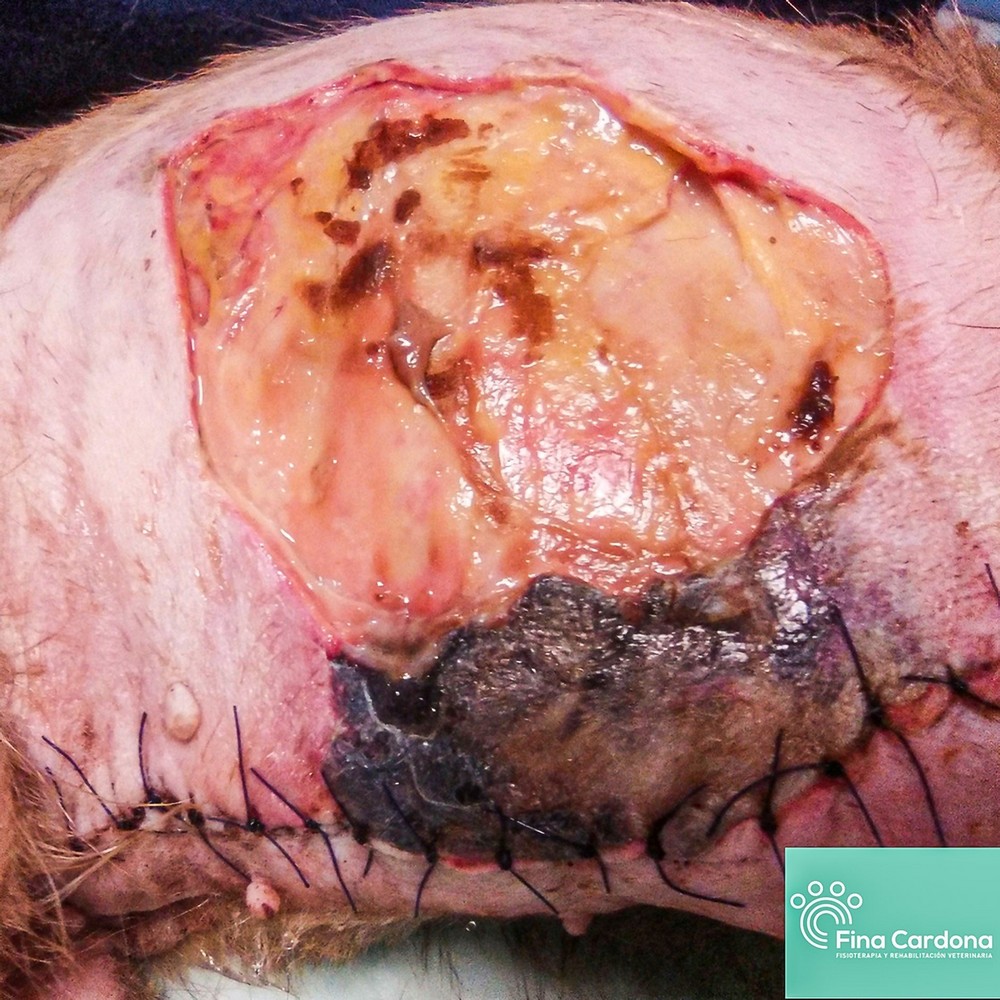
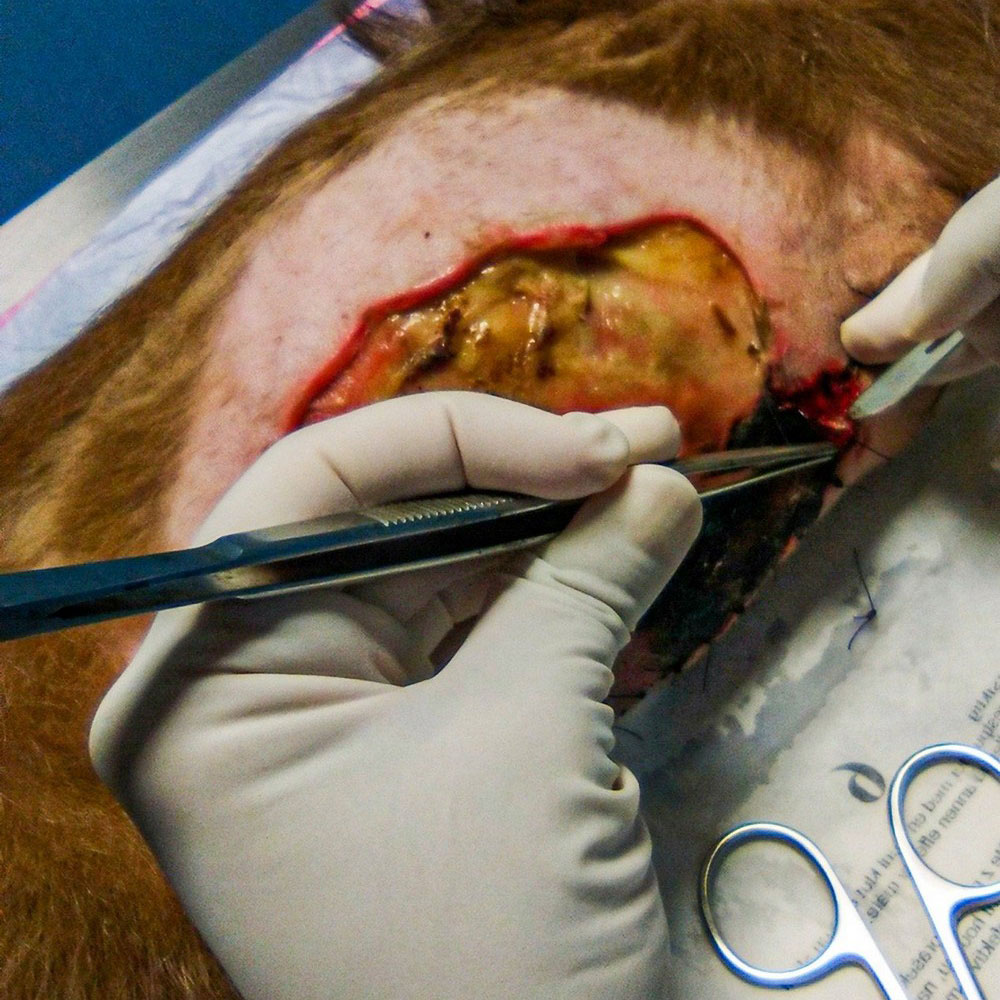
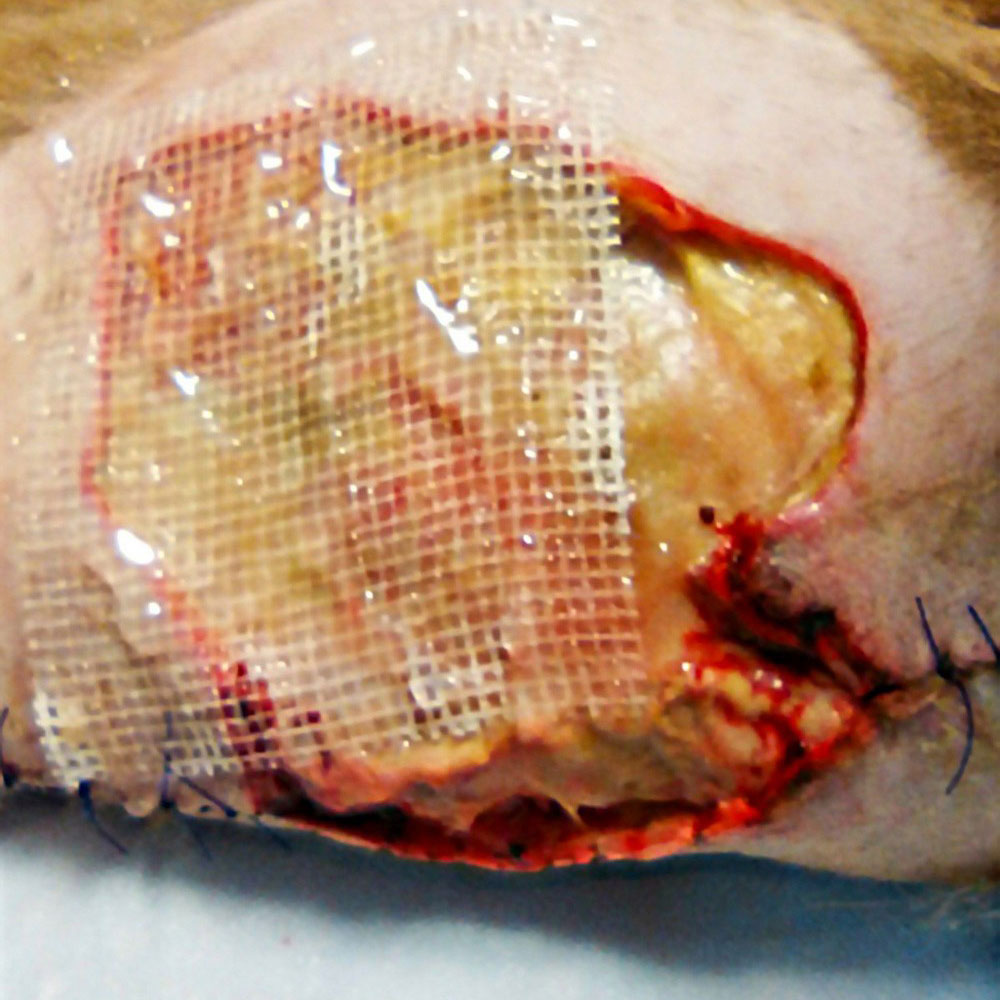
The laser therapy sessions begin three times per week (Image 4). The wound is measured before starting the treatment (Image 5), including 3 cm2 of healthy tissue around the area of the wound for a treatment area measuring 150 cm2. The following protocols were selected: inflammation, superficial infection and general pain.
Image 6 shows the wound five days after the first laser treatment. The wound bleeds following treatment, indicating correct vascularisation in the area of the wound.
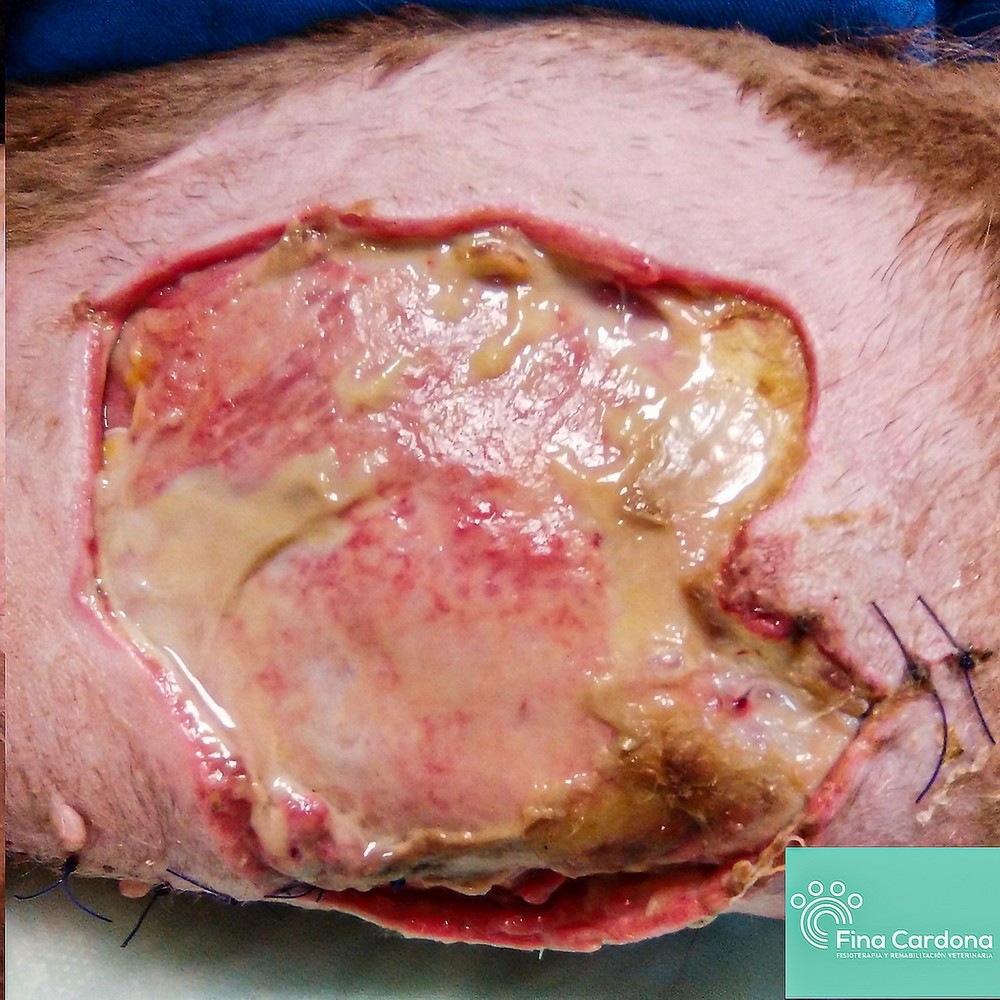
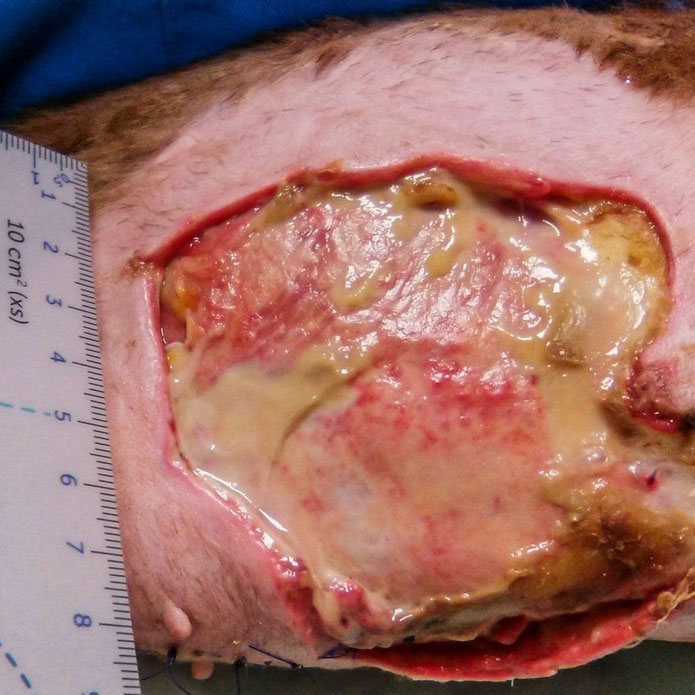
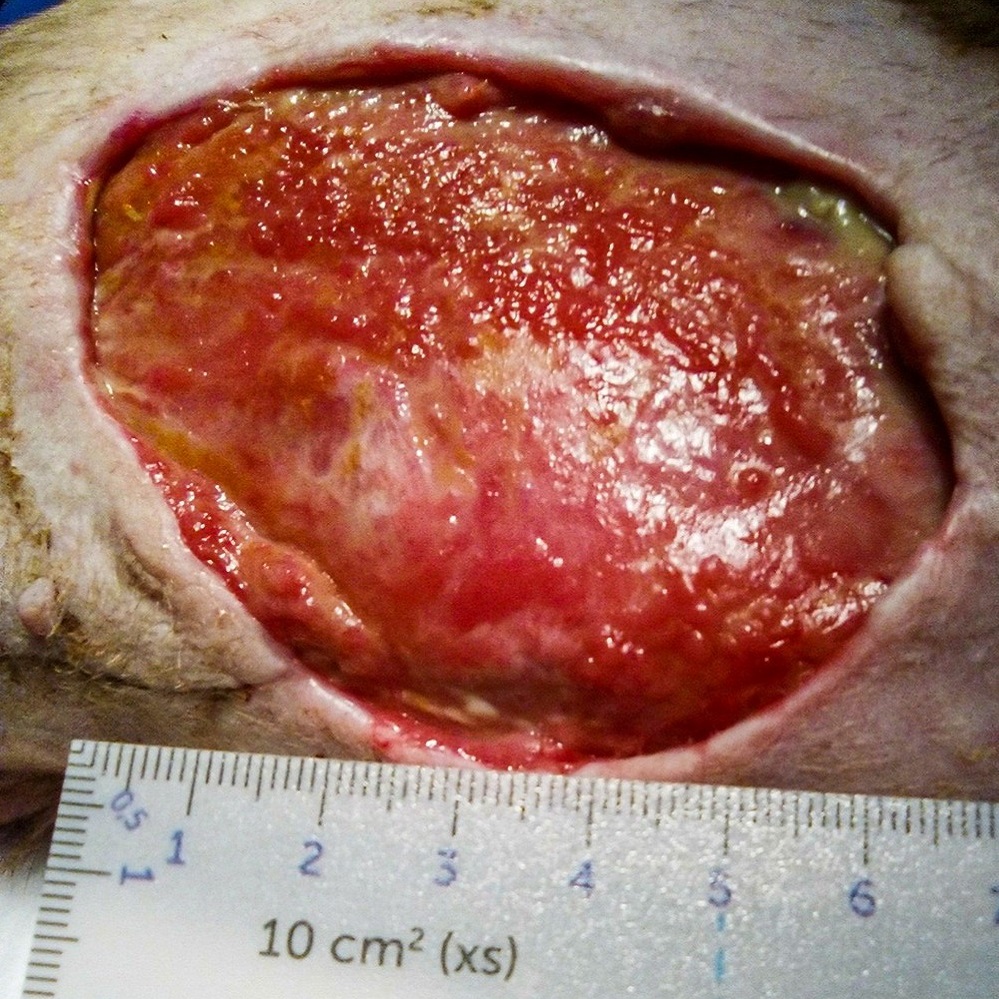
Images 7 and 8 are taken on days 18 and 24 following the start of treatment. A significant reduction in the wound can be observed. A decision is taken to modify the selected protocols when the appearance of the wound improves: inflammation, superficial infection and subdermal. Treatment two times per week.
Images 9 and 10 are taken on days 46 and 50 following the start of treatment. The last laser treatment is applied on day 50, opting to apply the sub-dermal protocol only for the last sessions.
Images 9 and 10 are taken on days 46 and 50 following the start of treatment. The last laser treatment is applied on day 50, opting to apply the sub-dermal protocol only for the last sessions.
Image 11 corresponds to day 55 following the start of treatment.
The scanner hand tool, scanning technique and non-contact method are used for all laser therapy sessions.
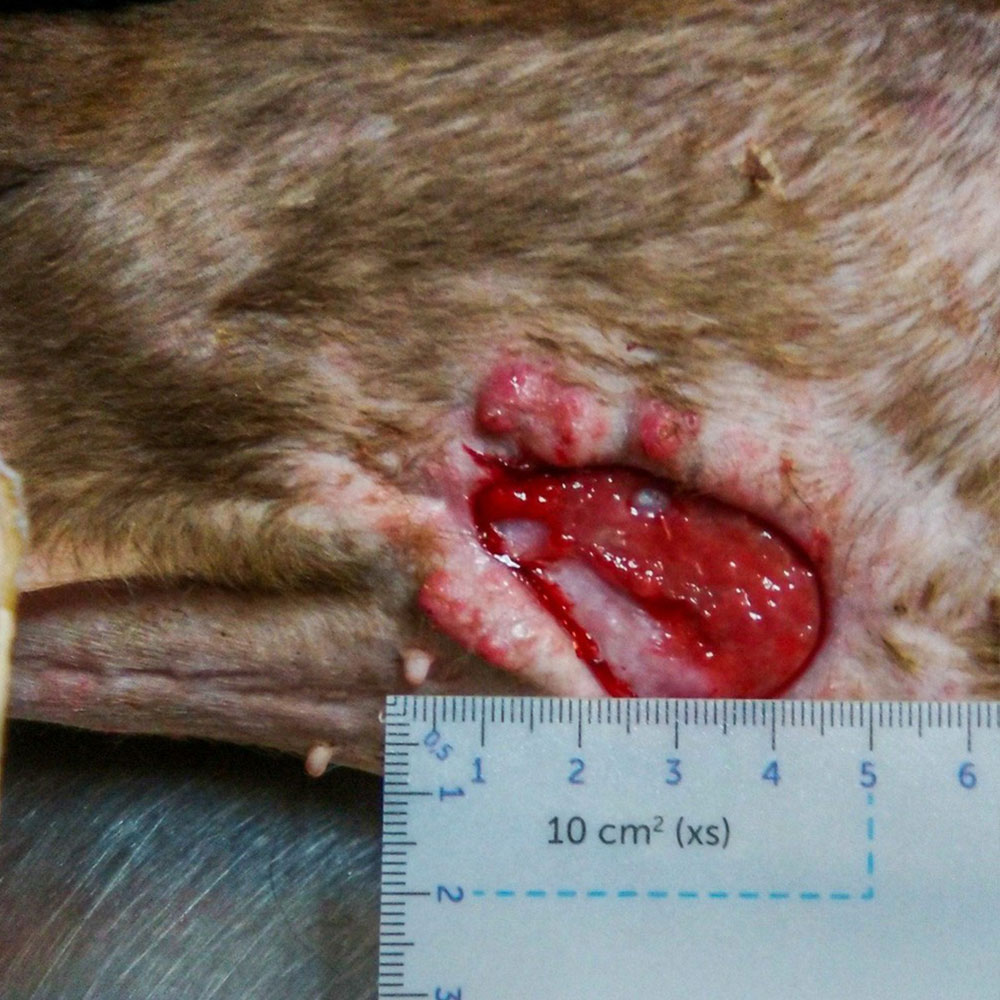
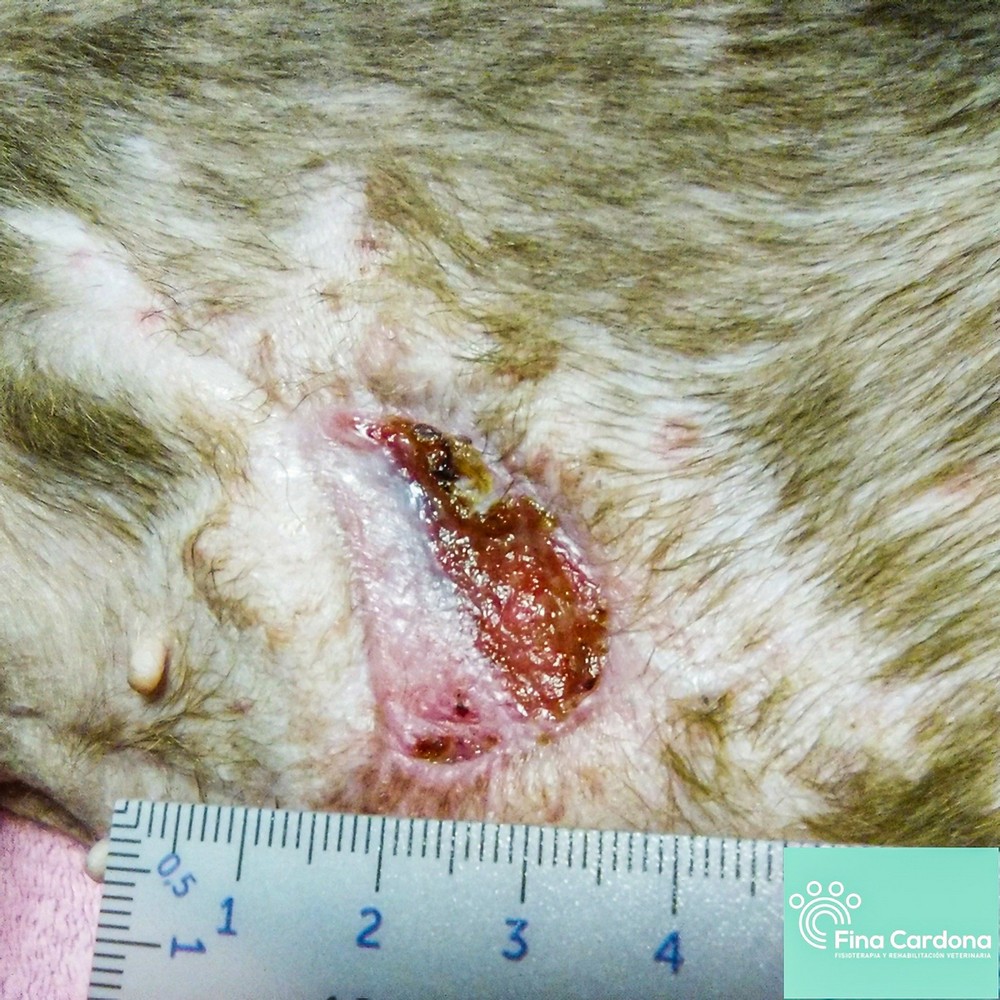
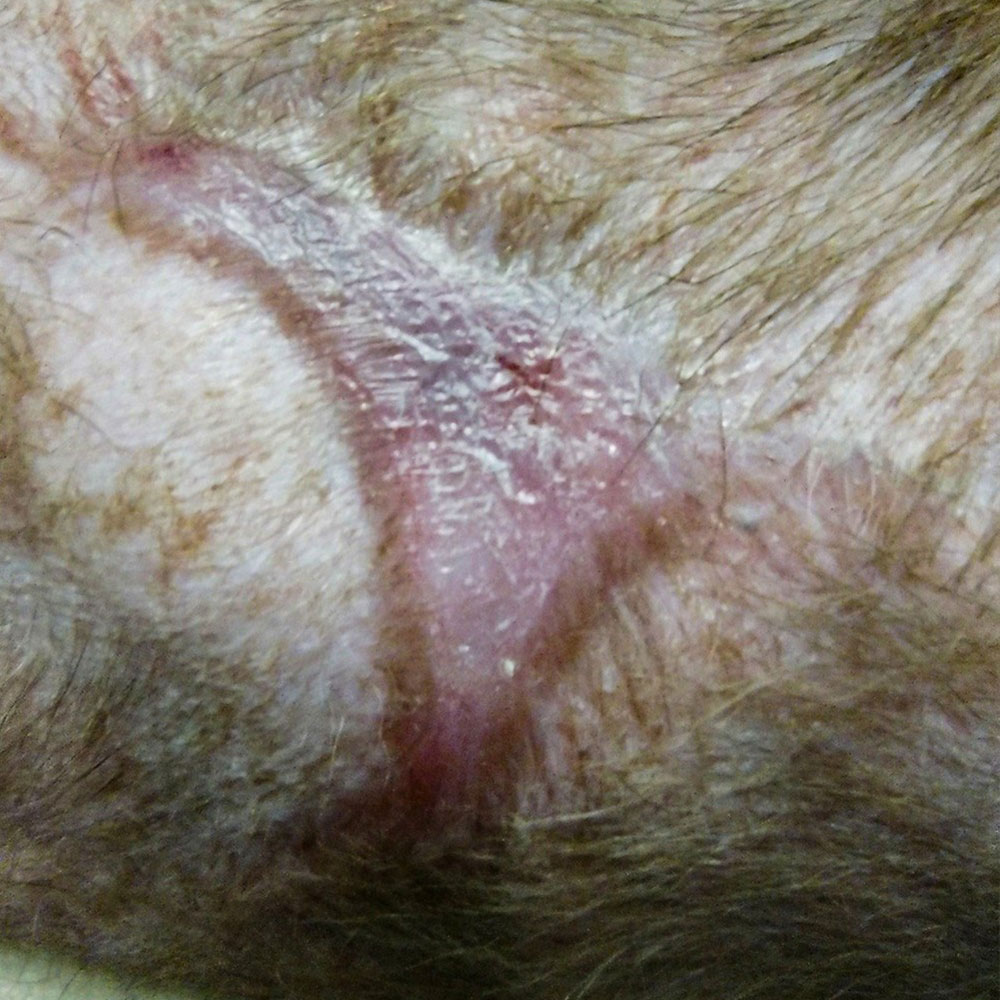
Via dell’Impresa, 1
36040 Brendola (VI)
VAT 02558810244
C.R. VI 240226
© Copyright 2016-2021 LAMBDA S.p.A. | Privacy Policy